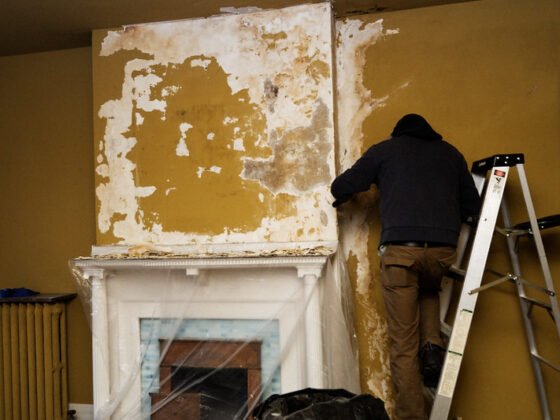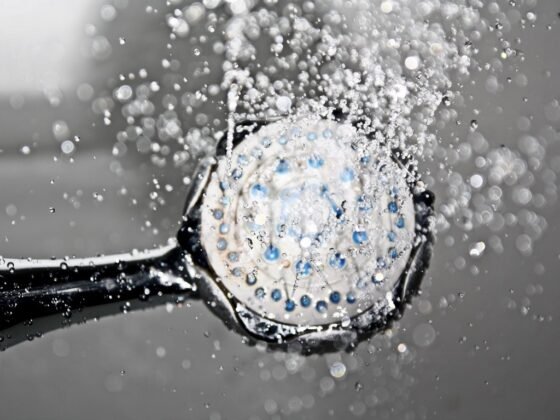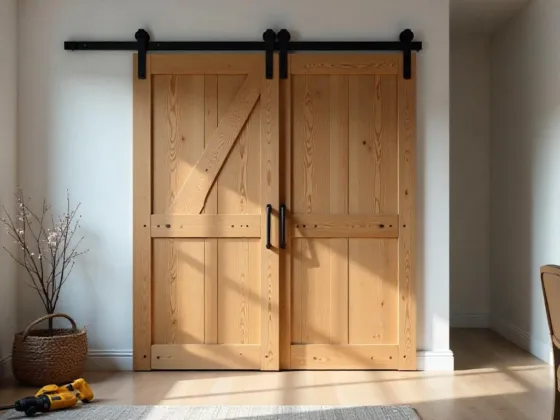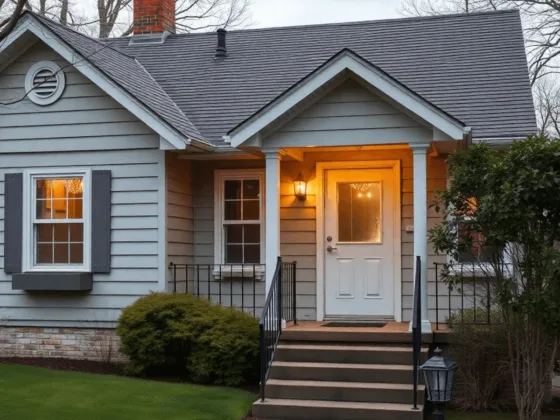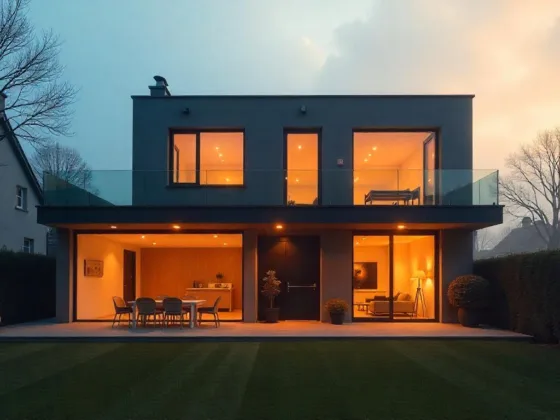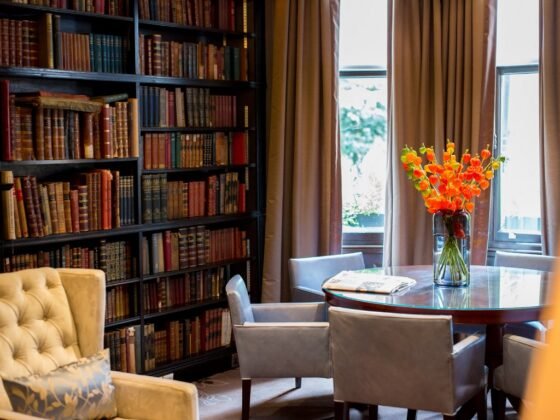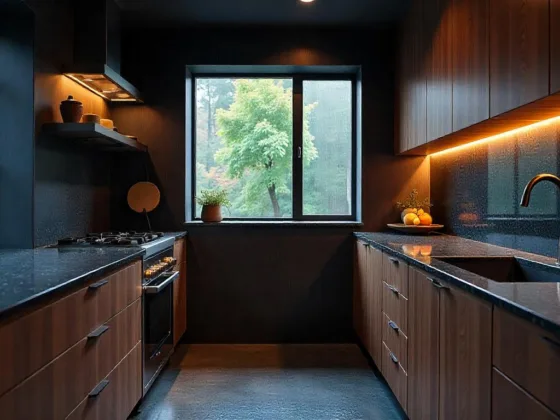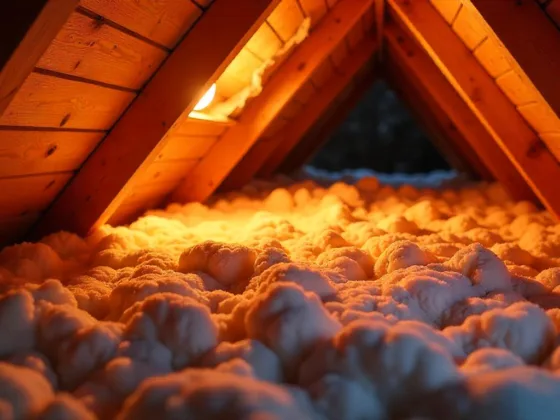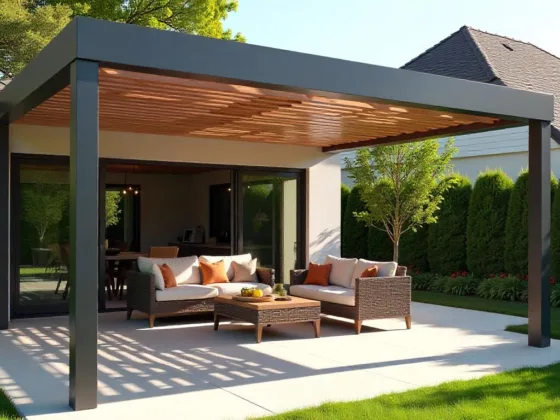Table of Contents Show
The tubular skylight or solar tube is arguably the most popular way to imbue indoor spaces with natural lighting today.
Compared to other solar lighting solutions, it’s the pick of most homes, businesses, and buildings. So, there’s a good chance you’ll want to go for this option, too.

Though, before we get to that, there are a couple of important points to discuss. First, you want to research and understand the pros and cons of solar tube skylights.
Second, you must learn where insulation comes in when it comes to these structures. Insulation can play an essential role in a solar tube lighting system’s performance, which is why we’ll discuss it today.
Are Solar Tubes Insulated?
Let’s cut to the chase, shall we? Yes, certain solar tube lighting systems need to be insulated so they don’t make room for unwanted heat gain, which can result in their burning out.
This process is done by insulating the tubes and blocking the vents.
One drawback of tubular skylights is their tendency to heat during particularly hot and humid seasons or climates.
One of the simplest and most effective ways to prevent this is through insulation, which also boosts energy efficiency. Insulation prevents more than 50 percent of heat loss, so there’s plenty of reason to do it.
Read Also:
- Know about the Benefits and The Facts Related to Solar Photovoltaic (PV) System Panels – All-round Information
- Calculate the Excess Amount of Electricity Produced by Solar PV + The Purpose of PV Solar Panels
- Top 5 Reasons Having a Solar Water Heater in Your Home is Good for Us and the Planet
- Will Migrating to Solar Power LED Lighting Help?
Solar Tube Drawbacks
Since we started off introducing a solution to a particular solar tube drawback, it’s only appropriate that we continue with the list. So, what else do you have to watch out for in these natural light-diffusing sources?
1. Not Suitable for All Homes
The type of roof your home has could prevent you from having a tubular skylight installed. Traditional roofs with 15- to 60- degree slopes are okay for installation, but flat or too-steep roofs are another story.
They’ll pose a difficult installation process for professionals and an almost impossible one for you.
Aside from the angle, the material of your roof also matters. It could be composed of a material that requires an adapter for installation, which can be quite challenging.
Also, since roofs are the only places solar tubes can be installed, the solar tube lighting system won’t do as well outside the last floor of a several-story building.
Although they might work with the help of long tubes, this can make the installation process even more complicated than it already is.
2. Single Energy Source
As you would expect, a solar tube can only draw energy from sunlight, which can be a bad thing on days when the sun doesn’t show.
When weather hinders or keeps the system from getting sunlight, you might barely get sun in your indoor space, too. That’s why it’s a good idea to have a backup light source on days like this.
3. Limited Styles
If you’re quite particular about aesthetics, a solar tube’s limited design styles might not make you too happy.
First of all, it’s not like a traditional skylight that can give you a great view of the sky. Its design is more obscure and does not come with much variety.
Of course, if you’re a fan of simplicity, this natural lighting option should rock your world. It comes mostly as diffusers and window films, which would fit right in a minimalist home.
4. Complicated Installation
A solar tube light tends to take up a lot of space during installation, so the process could give you a headache if you don’t have much space, to begin with.
Every inch is utilized, so your small home would pose even more challenges for the already challenging installation process. If you’re in this situation, better ask an expert to take care of things.
5. Poor Ventilation System
Ventilation systems and solar tubes do not mix. So, if you’re looking for a system that can release heat or capture a chill breeze, this isn’t it.
That said, this shouldn’t be too much of a problem to overcome and can be remedied by putting a few simple solutions in place.
6. Noise Pollution
Some solar tube domes make use of reflectors to disperse more sunlight. These can be particularly noisy during windy days.
Pros Outweigh the Cons
There’s a reason tubular skylights are among the most popular artificial lighting types today. That’s because professional installation easily remedies their drawbacks.
Let the experts handle the installation process, and there shouldn’t be anything to keep your natural lighting structure from performing optimally.
Tubular Skylight or Traditional Skylight?
The traditional skylight might get the “oohs” and “ahhs” from guests and visitors for its appearance, but it’s the tubular skylight that functions optimally without too much fuss.
Granted, if you’re willing to put in the time and effort to circumvent the usual challenges posed by the conventional skylight, it could still prove a worthy investment. But our advice? Stick to the solar tube, as it really holds the edge when it comes to function.
